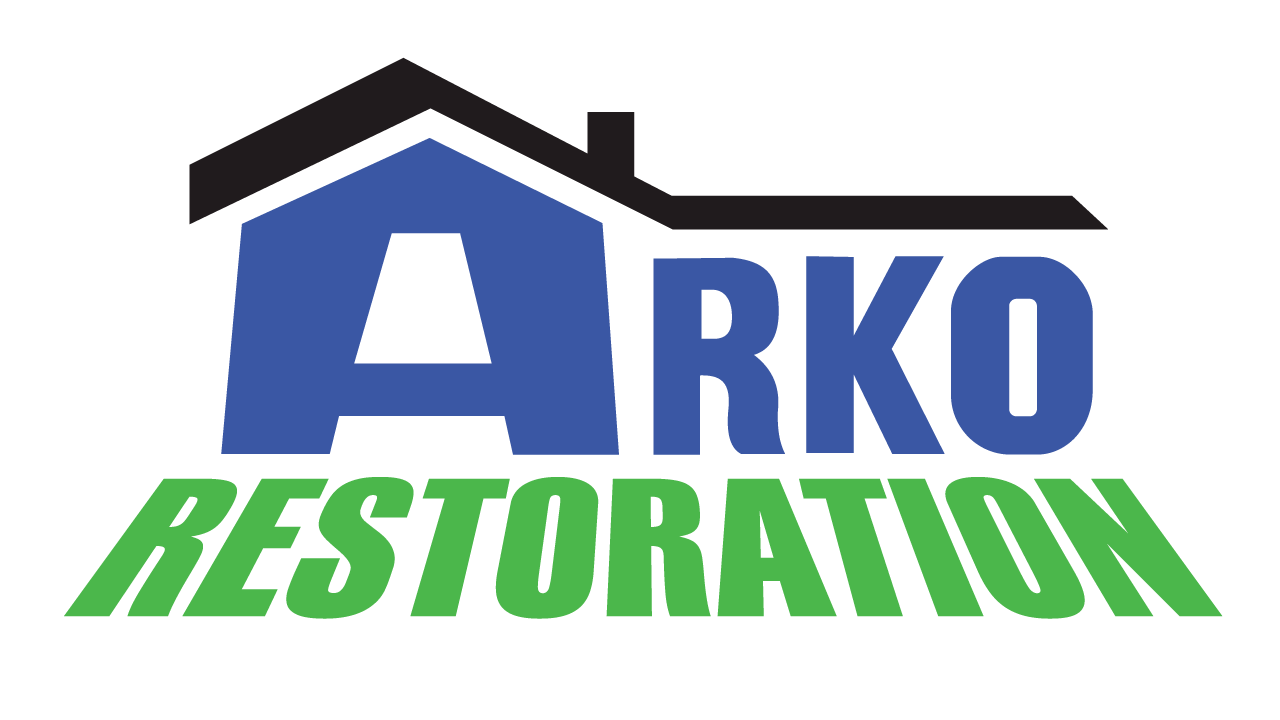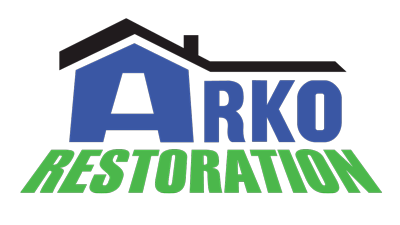Water damage can be a devastating experience, both emotionally and financially. Whether it’s caused by a burst pipe, a leaking roof or a natural disaster, dealing with the aftermath of water damage can be overwhelming, especially when it comes to navigating the insurance claim process. Filing an insurance claim for water damage restoration can be a daunting task, as it requires a lot of documentation and can involve complex negotiations with insurance adjusters. However, if you have been the victim of water damage, it is crucial that you know your rights and understand how to navigate the insurance claim process to ensure that you receive the coverage you deserve.
Here’s how to navigate the water damage restoration insurance claims process like a pro…
1. Document The Damage:

Before you start the restoration process, it’s essential to document the damage to your property thoroughly. Take pictures and videos of the affected areas, including any standing water, water damage to walls and floors and any damaged personal property. You should also keep a record of any conversations you have with your insurance company, including the date, time and name of the representative you spoke with, as well as a summary of the conversation. This documentation will help support your claim and ensure that you receive the coverage you deserve.
2. Work With A Professional Restoration Company:
It’s important to work with a professional water damage restoration company that has experience working with insurance companies. A good restoration company will provide a detailed estimate of the restoration work needed and will work with your insurance company to ensure that the restoration work is covered by your insurance policy. They can also provide documentation and evidence of the damage, which can help support your insurance claim. Additionally, a reputable restoration company will communicate with your insurance company throughout the process, ensuring that you receive fair compensation for your losses.
3. Review Your Insurance Policy:
Before you file an insurance claim, it’s important to review your policy and understand your coverage. Some insurance policies may have exclusions or limitations that could affect your coverage for water damage restoration. Make sure you understand your deductible, coverage limits and any other details that could impact your claim. If you have any questions or concerns, reach out to your insurance company for clarification
4. Follow Up With Your Insurance Company:
After you file a claim, it’s important to follow up with your insurance company regularly to ensure that your claim is being processed promptly and fairly. Keep a record of all communication with your insurance company, including the date, time and name of the representative you spoke with, as well as a summary of the conversation. If your claim is taking longer than expected, or if you have any concerns about the process, don’t hesitate to reach out to your insurance company for an update
5. Be Prepared For The Insurance Adjuster:

After you file a claim, your insurance company may send an adjuster to assess the damage to your property. It’s important to be prepared for this visit by having all relevant documentation, including pictures and videos of the damage, as well as estimates from the restoration company. Be prepared to answer any questions the adjuster may have about the damage and the restoration process. Remember, the insurance adjuster is there to assess the damage and ensure that you receive fair compensation, so it’s important to be cooperative and provide accurate information.
6. Consider Hiring A Public Adjuster:
If you feel that your insurance company is not handling your claim fairly or if you are having trouble communicating with them, you may want to consider hiring a public adjuster. A public adjuster is a licensed professional who can help you navigate the insurance claims process and ensure that you receive fair compensation for your losses. They can work with your insurance company on your behalf, negotiate with the insurance adjuster and provide documentation and evidence of the damage to support your claim. While hiring a public adjuster can be expensive, it can be a worthwhile investment if you feel that your insurance company is not acting in your best interest
7. Keep Track Of Expenses:
As you go through the restoration process, keep track of all expenses related to the damage and restoration work. This includes costs for temporary accommodations, transportation, restoration work and any other expenses related to the damage. Keeping a detailed record of expenses can help ensure that you receive fair compensation for your losses and can also help you maximize your coverage.
8. Be Patient:
Finally, it’s important to be patient throughout the insurance claims process. Depending on the extent of the damage and the complexity of the claim, it may take several weeks or even months to settle the claim. While this can be frustrating, it’s important to remember that the insurance company wants to ensure that your claim is handled fairly and accurately. By being patient and following up regularly, you can help ensure that your claim is settled as quickly and fairly as possible.
Summary:
In conclusion, navigating the water damage restoration insurance claims process can be overwhelming and stressful. However, by knowing what your policy covers, documenting the damage and working with a reputable restoration company, you can increase your chances of getting the coverage you deserve. It is important to remember that insurance companies are businesses and may try to minimize their losses by denying or underpaying claims. By being proactive and persistent in the claims process, you can protect your property and minimize the financial impact of water damage.


